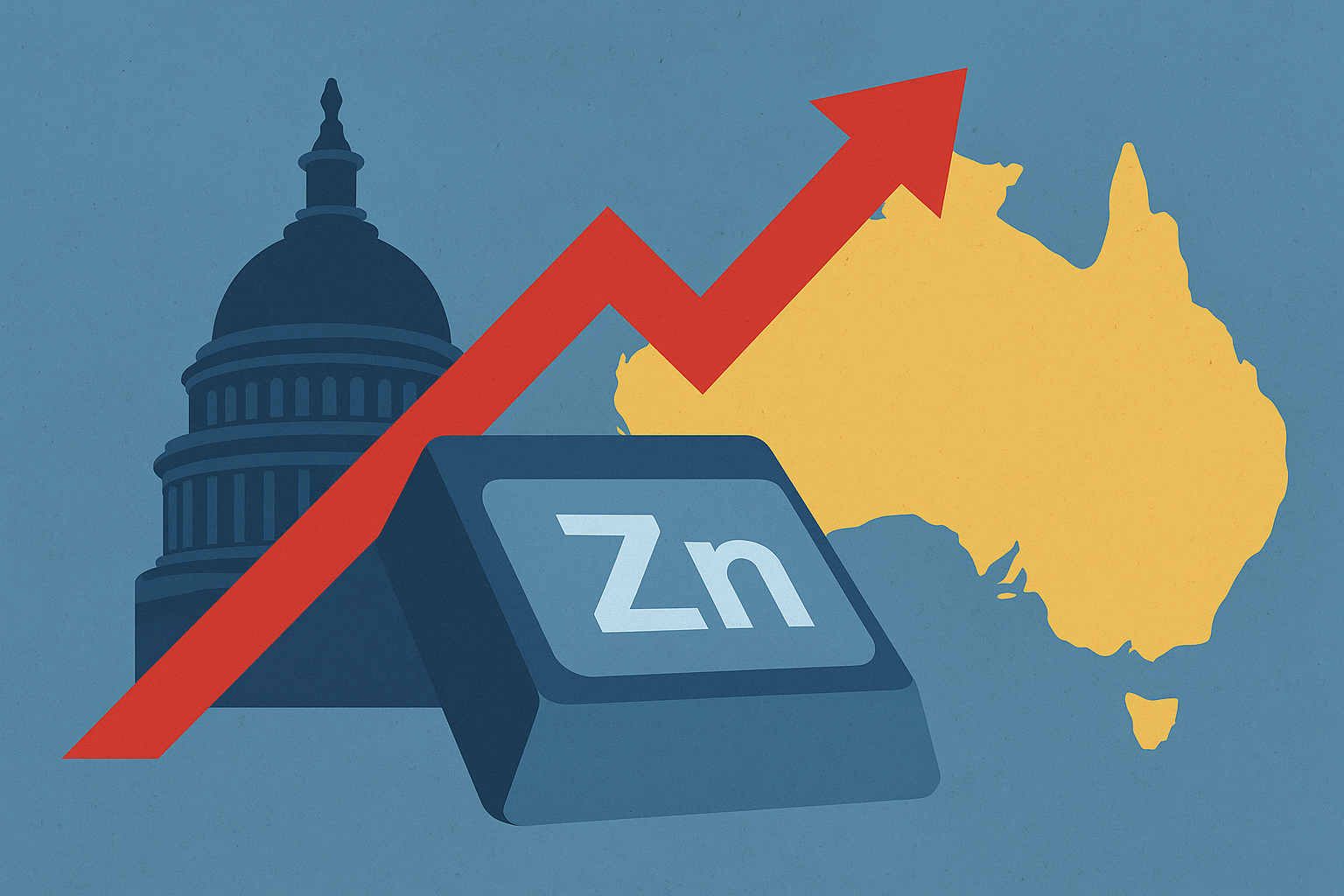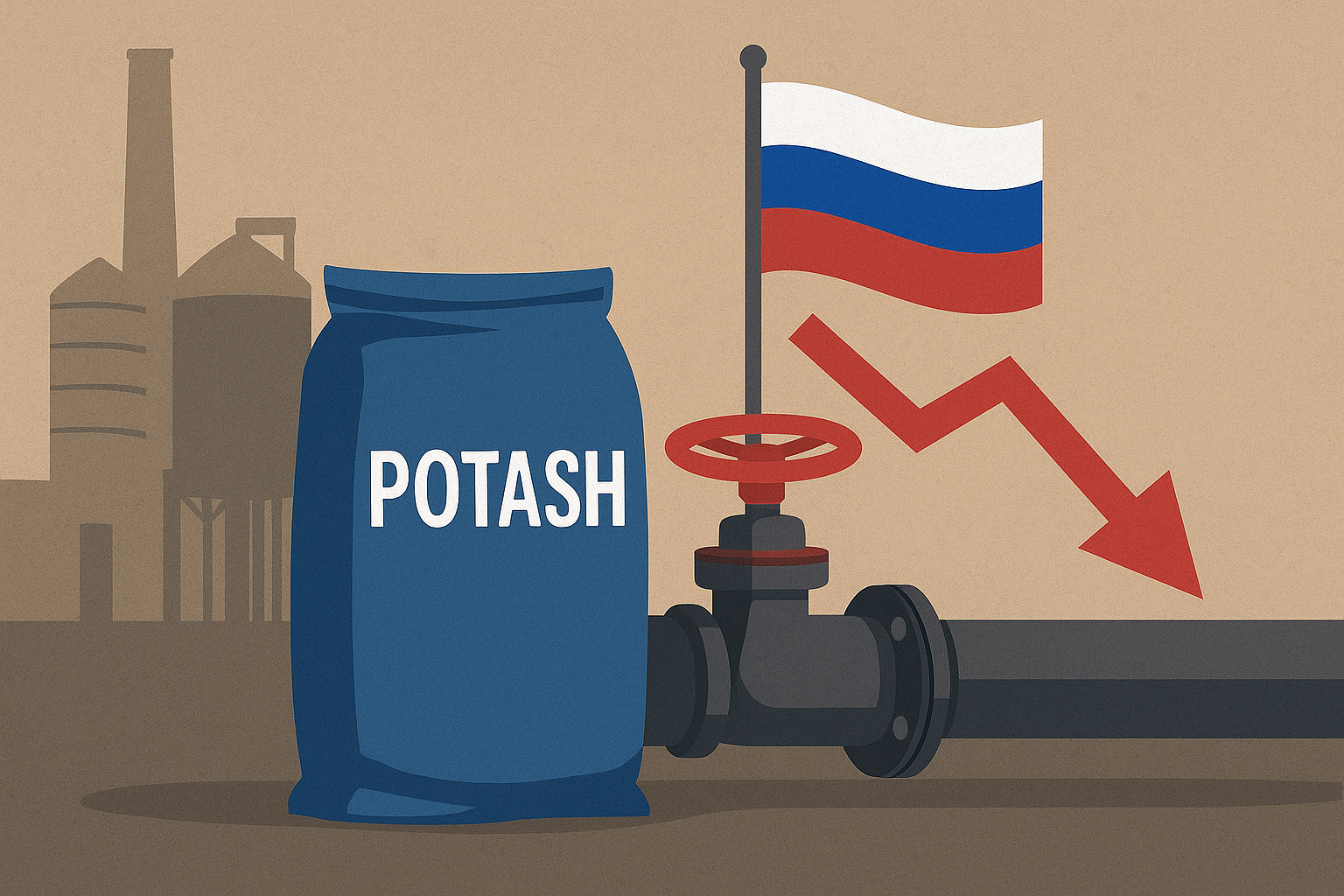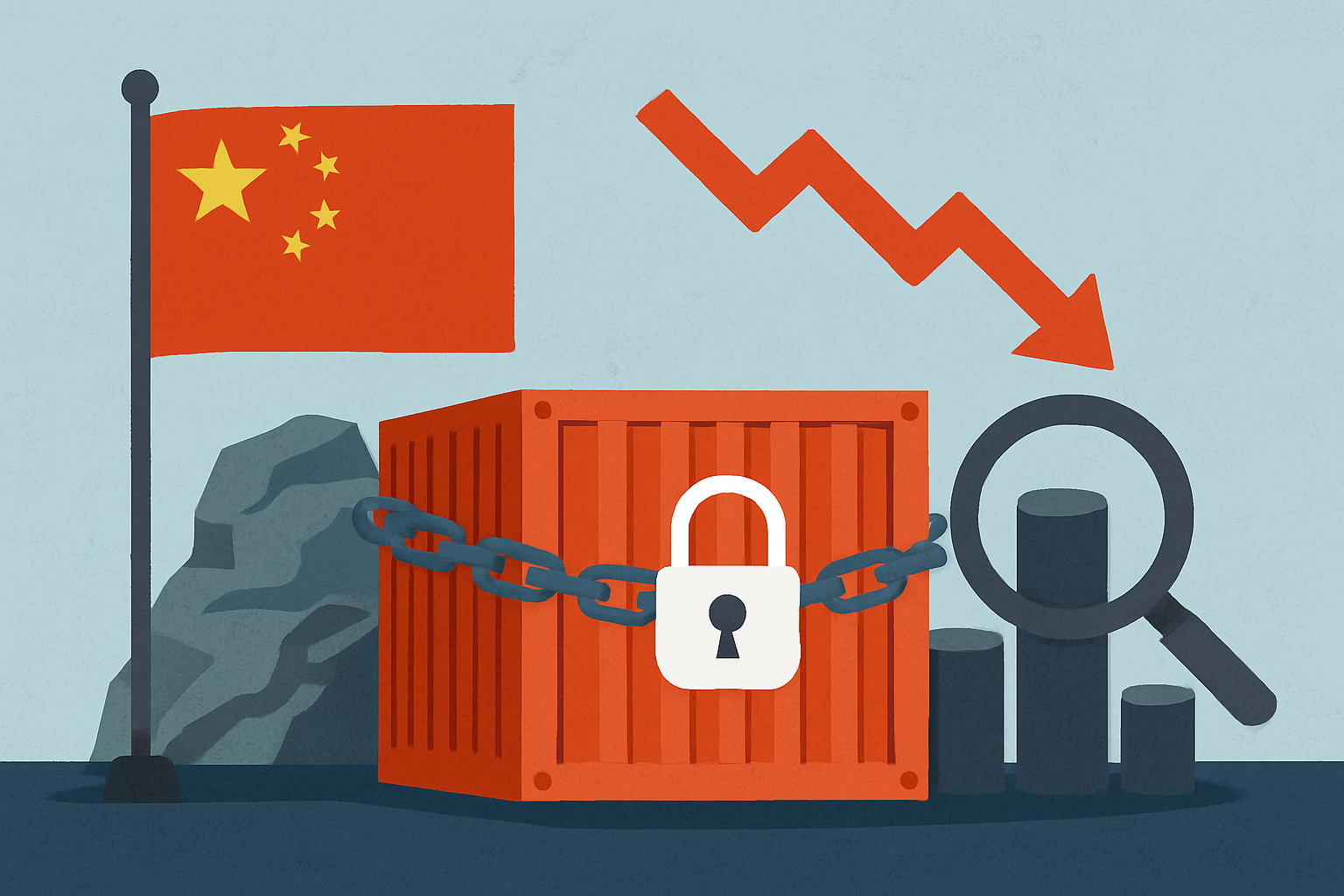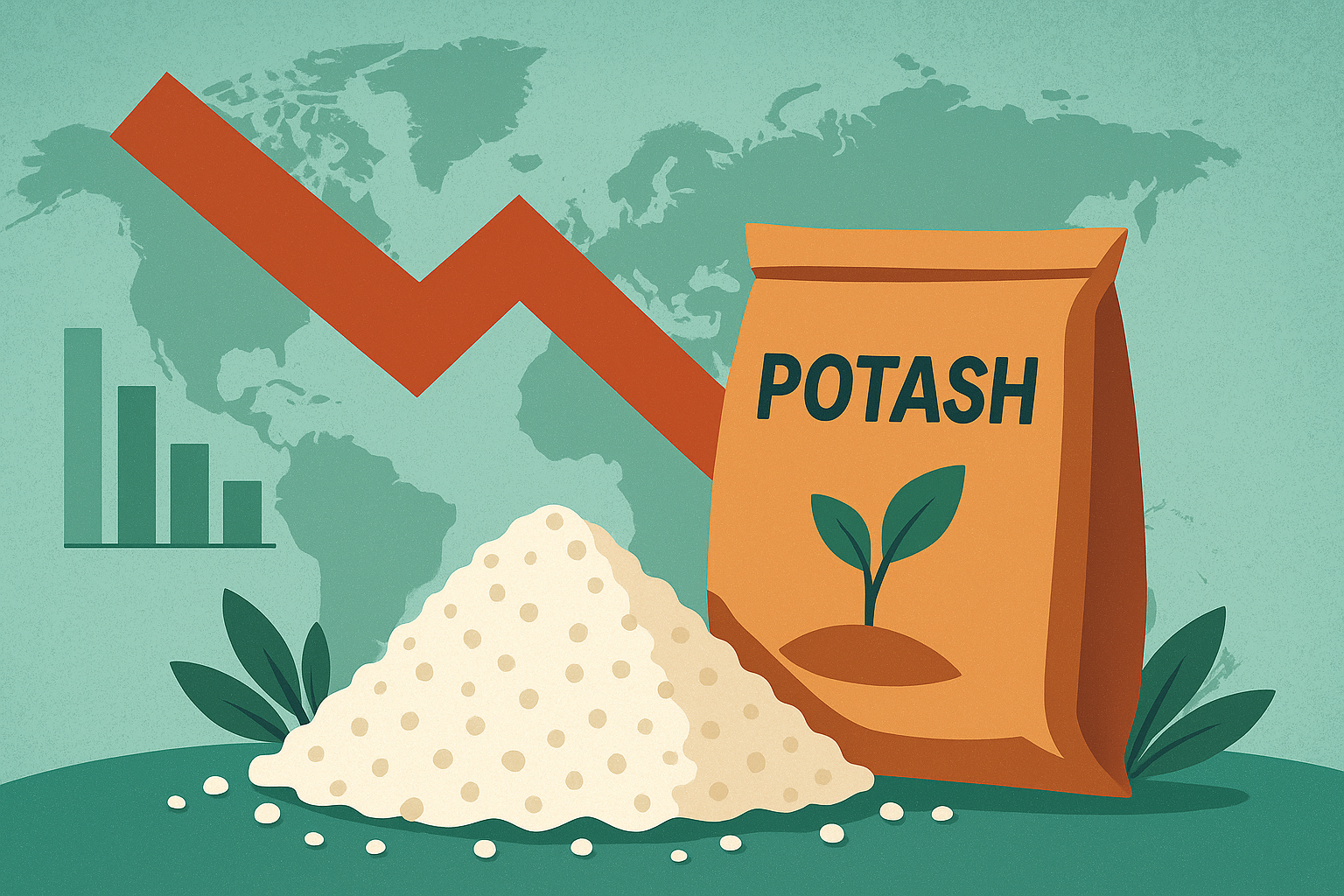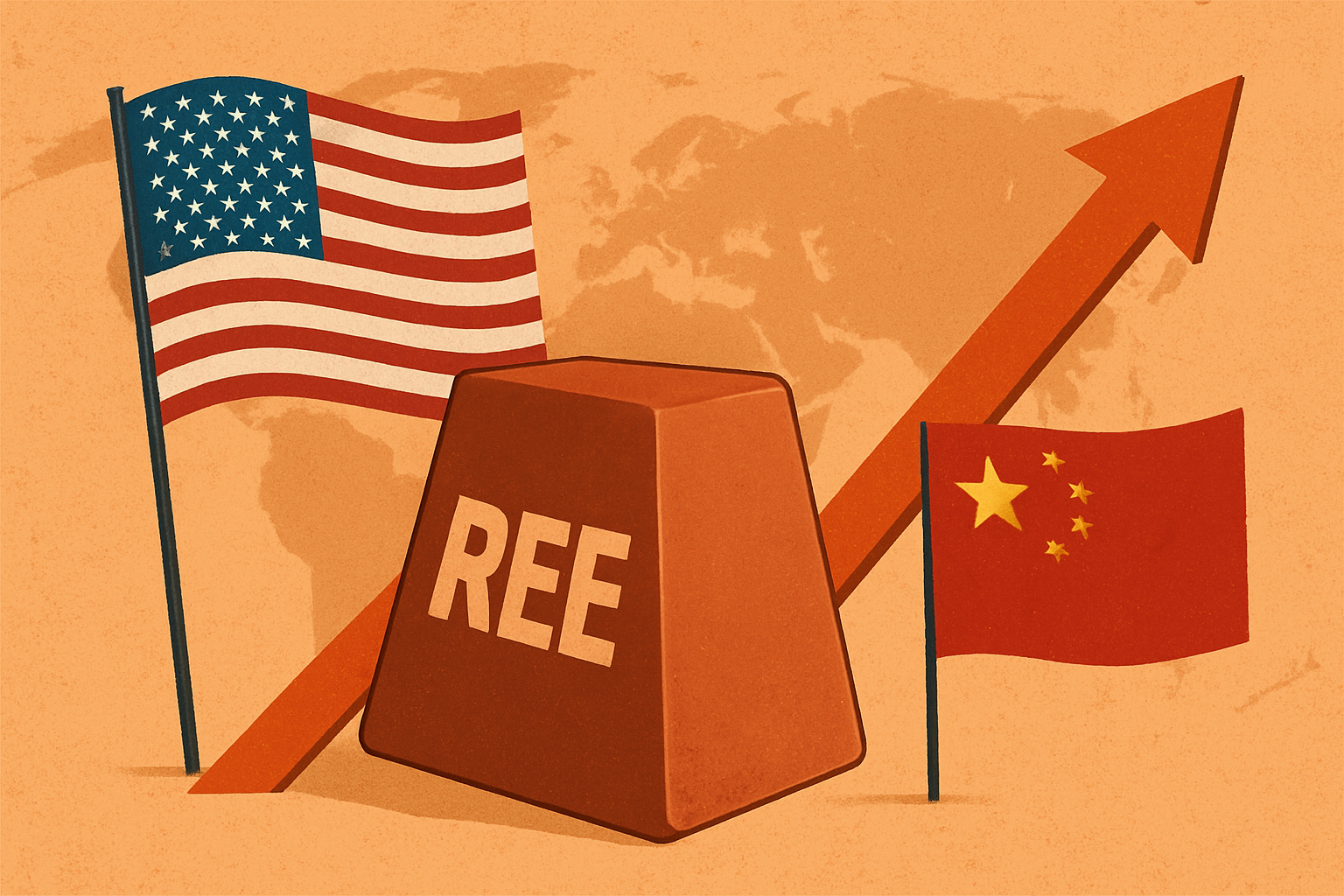The race to secure critical minerals is intensifying. With geopolitical risks reshaping global trade flows, the U.S. government is stepping up its strategy: directly offering to take equity stakes in Australian critical mineral projects. This move is designed to diversify supply chains, reduce reliance on China, and position the U.S. as a key player in the next phase of the clean energy economy. The announcement has already fueled buying interest in Australian equities tied to lithium, cobalt, and rare earths.
Why This Matters for Investors
Critical minerals are no longer niche commodities—they are the backbone of modern energy transition strategies. From electric vehicle (EV) batteries to wind turbines and advanced electronics, the world cannot decarbonize without reliable access to these materials.
Australia, one of the world’s leading producers of lithium and rare earths, is emerging as a cornerstone of Western supply chain security. According to Reuters and Mining.com, U.S. agencies are actively pursuing opportunities to deploy government-backed capital into Australian miners. Unlike traditional financing approaches, equity stakes provide more than just funding—they send a strong signal of geopolitical alignment and long-term strategic partnership.
For investors, this government-backed capital inflow acts as a powerful de-risking mechanism. Projects that might otherwise struggle to secure financing amid commodity price volatility could suddenly find themselves fast-tracked. This not only improves the outlook for Australian developers but could ripple across the broader critical minerals landscape, from Canada to Europe.
Equity Stakes as a Strategic Tool
Equity participation is not a common tactic for the U.S. government in international mining projects, but the urgency of supply chain security has changed the playbook. With China currently dominating processing and refining of critical minerals—controlling over 80% of rare earth supply—Western economies are under mounting pressure to diversify sources.
Recent reports from Mining.com.au and Investing.com note that the U.S. has prioritized minerals tied to the clean energy transition: lithium, cobalt, nickel, and rare earths. By taking stakes in Australian companies, the U.S. not only ensures future supply security but also reduces the risk of market disruptions caused by geopolitical friction or export restrictions.
Equity injections also create a foundation for further partnerships, including offtake agreements with U.S. automakers and battery manufacturers. Investors should watch closely for announcements of long-term contracts, as these will be critical in ensuring stable revenue flows for mining companies.
Potential Ripple Effects
The U.S.-Australia collaboration could trigger a domino effect across the sector. If successful, it may encourage similar moves into Canadian and European projects. Already, industry analysts suggest that Australia’s role as a “supply chain anchor” could be strengthened, potentially attracting not just U.S. but also Japanese, Korean, and European co-investments.
Investors should also consider how this may impact valuations. Equity backing from the U.S. government could unlock higher market multiples for select Australian miners, especially those at the exploration or development stage that have traditionally struggled with access to capital markets.
At the same time, this strategy could lift the floor under critical mineral prices, with investors viewing these materials less as cyclical commodities and more as strategic assets.
Future Trends to Watch
- Government-backed financing: Expect more state-level interventions in mining, particularly where supply chains overlap with national security.
- Offtake agreements: Partnerships between miners and end-users (EV makers, battery producers) will be key to validating projects.
- Jurisdictional spillover: Look for similar U.S. and allied capital flows into Canada and Europe.
- Valuation uplift: Companies receiving U.S. backing may trade at a premium compared to peers without state support.
Key Investment Insight
For investors, the U.S. pivot toward direct equity investment in Australian critical minerals is more than just policy—it is a catalyst for capital flows, project de-risking, and potential valuation expansion. Monitoring which companies secure backing will be essential in identifying early winners. Australian lithium and rare earth developers stand to benefit most in the near term, but Canadian and European juniors could be next in line.
Stay ahead of these trends and follow daily insights at explorationstocks.com, your trusted source for global investor news.

